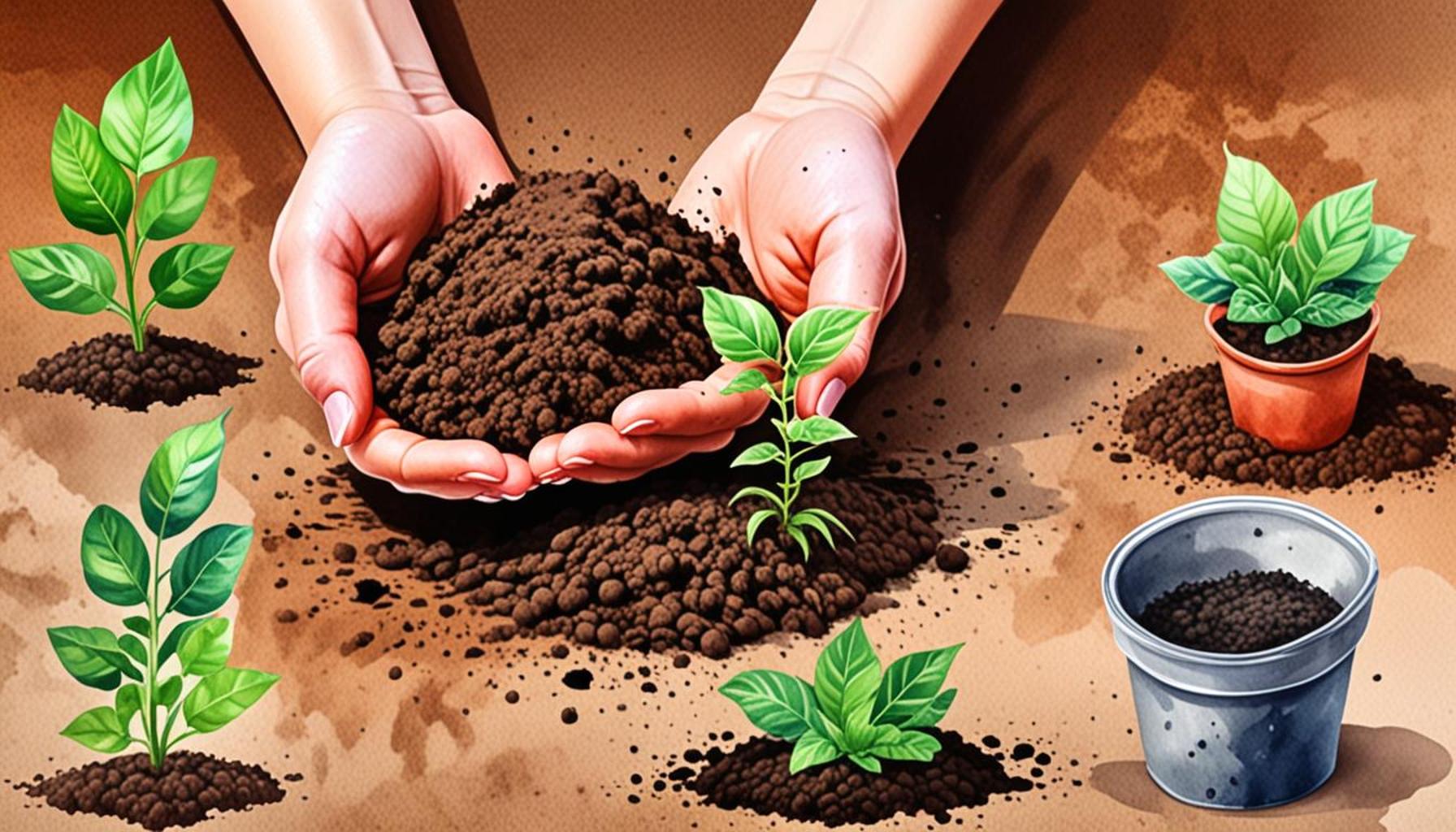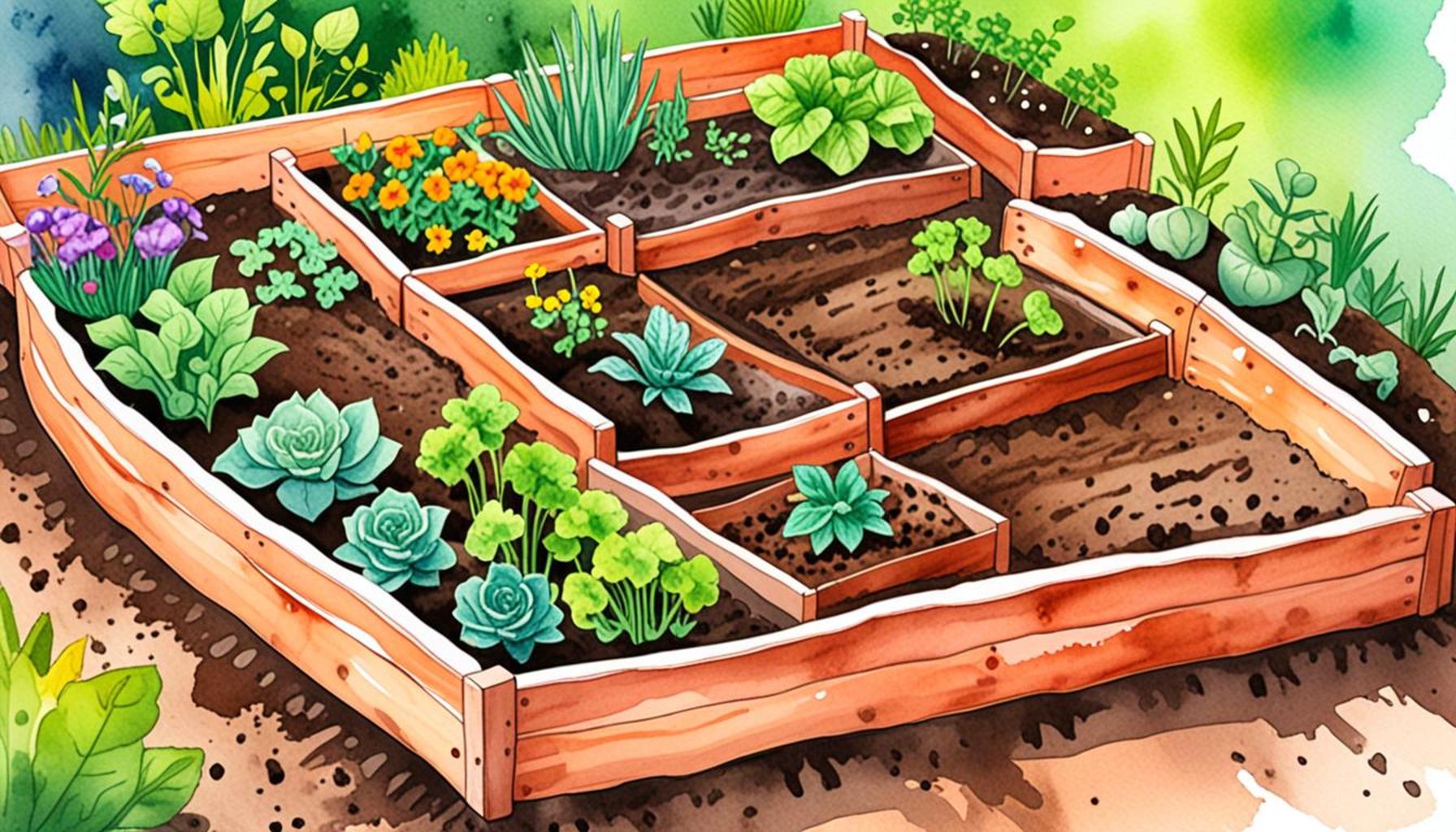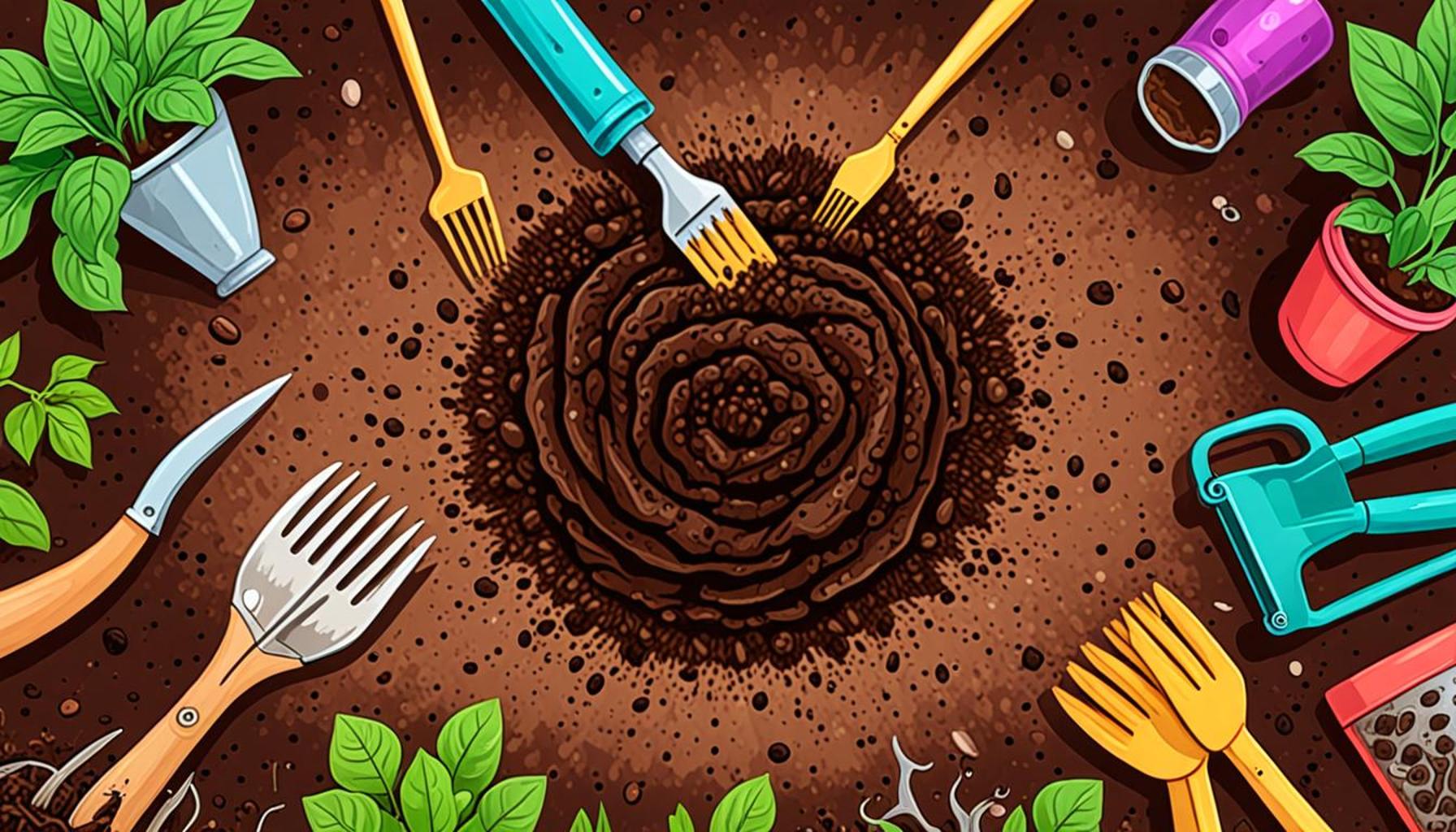Essential Tools for Soil Preparation: A Beginner’s Guide
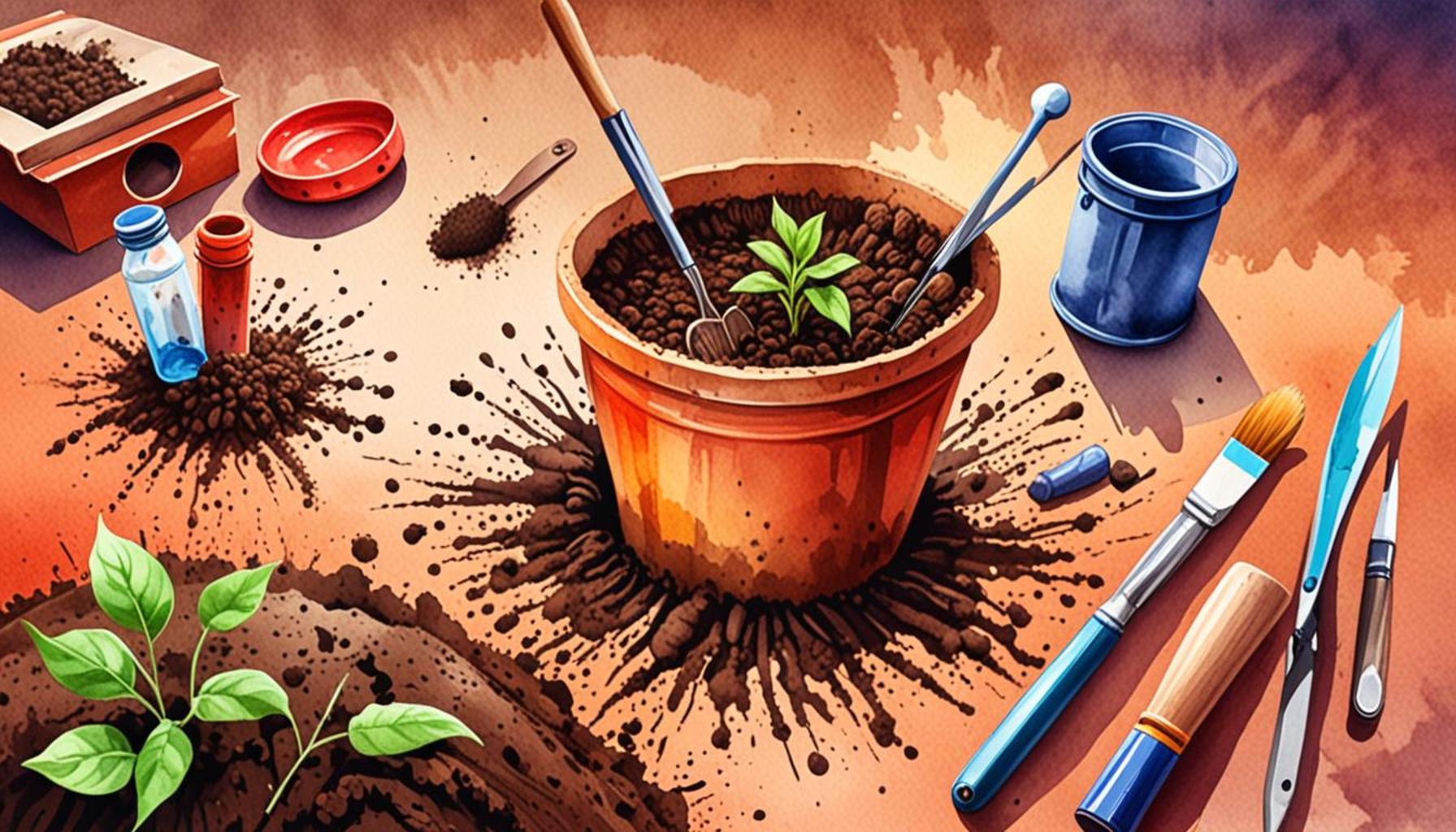
Get Started on Your Gardening Journey
Embarking on a gardening adventure begins with the vital task of soil preparation. Understanding essential tools for soil preparation can significantly enhance your gardening experience. Whether you’re a novice or looking to refine your skills, having the right tools can create a solid foundation for success in cultivating your green space.
Why Soil Preparation Matters
Soil is the life force of any garden. It serves as the foundation for plants, affecting everything from nutrient uptake to water penetration. Properly prepared soil provides a range of vital benefits:
- Nutrient availability: Healthy soil is rich in organic matter that supplies essential minerals like nitrogen, phosphorus, and potassium, which are crucial for plant growth and productivity.
- Water retention: Well-structured soil has the ability to retain moisture without becoming waterlogged. This balance allows plants to access water during dry spells.
- Root development: Loose and well-aerated soil allows roots to penetrate easily, promoting healthy growth and enabling better nutrient absorption.
Consequently, selecting the right tools is crucial for achieving these benefits. With the correct equipment, you can:
- Simplify the digging and aerating process, reducing the effort and time required.
- Improve soil texture and composition by mixing in organic amendments such as compost or peat moss.
- Enhance drainage capabilities, ensuring that excess water does not pool and drown your plants.
What to Look For in Tools
As you dive into the world of soil preparation, consider the following tool features that can make a significant difference in your gardening work:
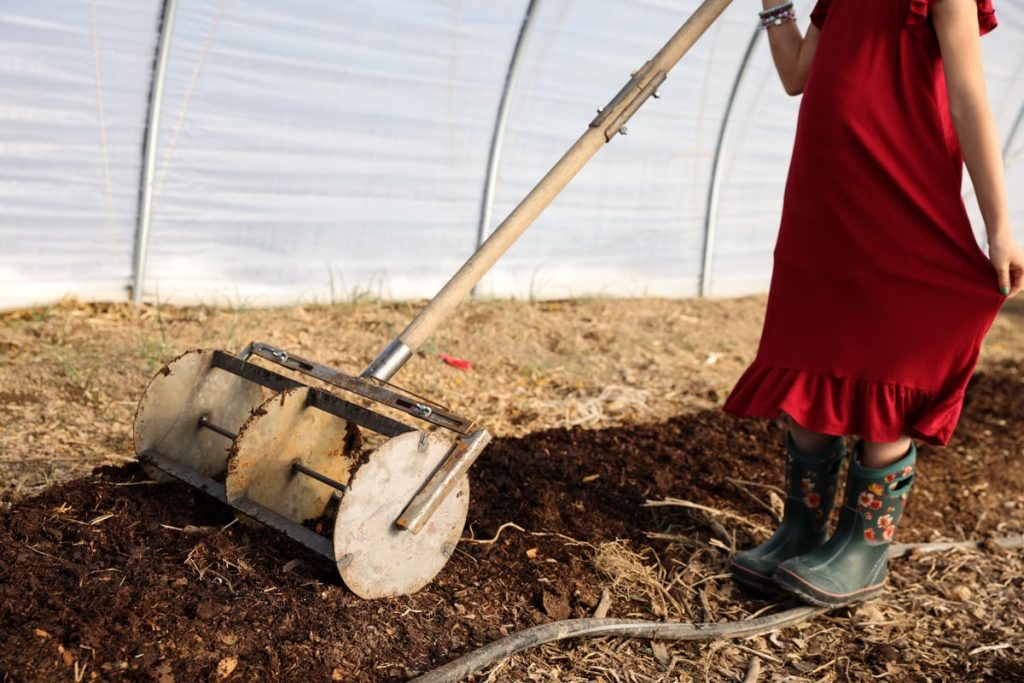
- Durability: Choose tools made from high-quality materials like stainless steel or heavy-duty plastic that can withstand wear and tear over time.
- Ergonomics: Look for tools designed with comfort in mind, such as those with padded grips, which can prevent strain during long gardening sessions.
- Versatility: Opt for tools that serve multiple purposes, like a hand trowel that can also function as a weeding tool, giving you more value for your investment.
By investing in quality tools and understanding their uses, you can transform any plot of land into a flourishing garden. Whether it’s a small urban balcony or a sprawling backyard, the right preparation can make all the difference. Ready to dig deeper into your gardening journey? Embrace the process and watch your efforts bloom into a vibrant landscape of plants and flowers!
Key Tools for Soil Preparation
With the significance of soil preparation firmly established, it’s time to explore the specific tools that can make your gardening journey smoother and more effective. From breaking ground to enriching the soil, each tool plays a valuable role in preparing a fertile environment for your plants to thrive. Here are some essential tools for soil preparation that every beginner should consider adding to their gardening arsenal:
1. Garden Fork
A garden fork is an indispensable tool for any gardener. Unlike a spade, which is designed to slice through soil, a garden fork is perfect for loosening and aerating compacted soil. The fork’s tines penetrate the earth, allowing for better water infiltration and root expansion. Moreover, it can be used to mix in compost or other organic matter, enhancing the overall health of the soil.
2. Trowel
This handheld tool is crucial for various tasks, including digging small holes for planting seedlings, transplanting flowers, or turning over soil. Its pointed blade makes it easy to work in tight spaces, making a trowel a versatile friend in your gardening kit. Look for a trowel with a comfortable grip to minimize hand strain during use.
3. Rake
Rakes are not just for gathering leaves; they play a vital role in soil preparation as well. A garden rake can help level the soil, remove clumps, and break up hard soil surfaces for a smoother seedbed. Its ability to mix in fertilizers and other soil amendments makes it an essential early-stage tool in preparing your garden for planting.
4. Hoe
A hoe is another fundamental tool for breaking ground. It effectively cuts through weeds and loosens soil, making it easier to prepare your garden plot for planting. There are different types of hoes, such as the drawing hoe or the scuffle hoe, each with distinct uses. For beginners, a hand hoe can help cultivate small areas in a garden, making it easier to get started.
5. Soil Test Kit
Understanding the nutrient content of your soil is critical for successful gardening. A soil test kit allows you to analyze your soil’s pH levels and nutrient composition. This information guides you in making amendments and tailoring your soil to fit the specific needs of the plants you wish to grow. Investing in a soil test kit can greatly increase your gardening success.
6. Wheelbarrow
Transporting soil, compost, or tools can be cumbersome, making a wheelbarrow a must-have for any gardener. This tool allows you to move heavy materials with ease, saving time and energy during soil preparation. Consider a durable, lightweight model for maximum efficiency in your gardening tasks.
With these essential tools for soil preparation in your toolkit, you’re well on your way to creating a thriving garden. Each tool serves a specific purpose, helping you address various soil-related challenges effectively. As you proceed with your soil preparation, remember that the right tools not only simplify your work but also enhance the overall health and productivity of your garden.
Understanding Soil Preparation Tools
When it comes to effective gardening and farming, the right tools for soil preparation can make a significant difference. Soil preparation is the foundation of healthy crops and flourishing gardens. This process involves various techniques and equipment designed to enhance soil structure, improve nutrient availability, and create optimal growing conditions. Let’s explore some essential tools that every beginner should consider to establish a productive garden.
| Tool | Benefits |
|---|---|
| Trowel | Perfect for digging and planting small plants, allowing beginners to manage soil effectively. |
| Garden Fork | Excellent for loosening and aerating soil, improving drainage while incorporating organic matter. |
| Rake | Ideal for leveling soil and removing debris, ensuring a clean workspace for planting. |
Each of these tools plays a crucial role in preparing the soil, making gardening less daunting for beginners. Understanding how to utilize these tools effectively will empower new gardeners to create healthier growing environments, leading to better yields.
Essential Techniques for Soil Preparation
In addition to the right tools, mastering a few key techniques can drastically enhance soil health. Techniques such as composting, mulching, and crop rotation are integral to maintaining nutrient-rich soil. Composting adds organic matter, promotes healthy microbial activity, and improves soil structure. Mulching conserves moisture while suppressing weeds, and crop rotation prevents soil depletion and pest buildup, ensuring sustainable gardening practices for the future.
Investing time in learning the correct usage of these tools and techniques will set the groundwork for a thriving garden. As you embark on this journey, remember that experimentation and patience are vital components of mastering soil preparation.
Advanced Tools for Enhanced Soil Preparation
As you delve deeper into the world of gardening, you may find that investing in advanced tools can further enhance your soil preparation efforts. These tools not only amplify the efficiency of your work but also provide greater precision and effectiveness in achieving optimal soil health. Here are some advanced tools for soil preparation that every budding gardener might consider allowing into their toolkit:
7. Cultivator
A cultivator is an excellent tool for breaking up soil and uprooting weeds without disturbing the soil structure more than necessary. This tool typically features several tines that can dig down into the soil, making it ideal for aeration and turning soil amendments into your garden bed. There are both manual and power cultivators available, but beginners often find handheld models easier to maneuver. Cultivators can also help reduce soil compaction, promoting a healthier root system for your plants over time.
8. Soil Auger
For those looking to plant deeper-rooted crops or install fencing and posts, a soil auger can be a game-changer. This spiral-shaped tool drills into the ground, creating precise holes for planting or anchoring. Augers come in various sizes, making it easy to find one suitable for the scale of your gardening projects. They can save significant effort compared to digging by hand and ensure that your plants are set at the proper depth for optimal growth.
9. Power Tiller
If you have a larger garden space, a power tiller can save considerable time and energy in soil preparation. These machines break up the soil quickly and effectively, perfect for creating a loose seedbed ready for planting. With adjustable tilling depths, you can customize your tillage based on your soil conditions. A power tiller is particularly useful in areas with heavy clay or rocky soils, where hand tools may struggle to make a meaningful impact.
10. Soil Sifter
Ensuring that your soil is free of debris and large clumps can significantly impact plant health. A soil sifter allows you to separate unwanted materials from your soil, creating a finely textured planting medium. Sifters vary in size and design, from simple handheld units to larger models that can rest on the ground. The process not only improves soil quality but can also reveal hidden treasures, such as earthworms, that are beneficial to your garden’s ecosystem.
11. Handheld Soil Moisture Meter
Understanding soil moisture is crucial in the preparation and maintenance of your garden. A handheld soil moisture meter provides immediate feedback on the moisture levels in your soil, helping you make informed watering decisions. With this tool, you can avoid overwatering or underwatering your plants, contributing to optimal growth conditions. Many models also measure pH levels, ensuring you’re aware of the nutrient availability for your plants.
12. Landscape Fabric or Mulch
Though not a traditional tool, investing in landscape fabric or mulch can greatly enhance your soil preparation efforts. These materials help suppress weeds, retain soil moisture, and improve soil temperature. By laying down landscape fabric before planting, you create an environment conducive to plant growth while minimizing competition from unwanted flora. Organic mulches further enrich the soil as they decompose, adding nutrients over time.
With a well-equipped toolkit that includes these advanced tools for soil preparation, you’re setting the stage for a productive gardening experience. Each implement serves a unique purpose, helping to create the fertile ground vital for flourishing plants. As beginners grow in confidence and expertise, exploring these additional tools can amplify their gardening success and enjoyment.
Conclusion: Cultivating Success Through Effective Soil Preparation
As you embark on your journey into gardening, understanding the significance of essential tools for soil preparation is crucial to fostering a thriving garden. From basic hand tools like spades and rakes to advanced implements such as power tillers and soil augers, each tool plays an important role in creating the optimal environment for plant growth. Mastering these tools not only enhances your efficiency but also ensures that your soil remains healthy and well-aerated, allowing for robust root development.
Moreover, familiarizing yourself with soil moisture meters and sifters can help you fine-tune your approach, leading to informed decisions about watering and soil quality. As you learn to recognize the distinct needs of your garden, investing in these tools becomes more than just a task; it’s a step towards embracing sustainable gardening practices that contribute to the overall ecosystem.
In addition to equipment, don’t overlook the advantages of organic solutions like mulch and landscape fabric. These materials not only enrich your soil but also simplify your gardening efforts by controlling weeds and conserving moisture.
By blending traditional methods with modern technology, you’re not just preparing your soil but cultivating the foundation for a rewarding gardening journey. As you progress and experiment with various tools, remember that every gardener’s toolkit is unique. Keep exploring, learning, and adapting your techniques for continued success in your gardening endeavors.
